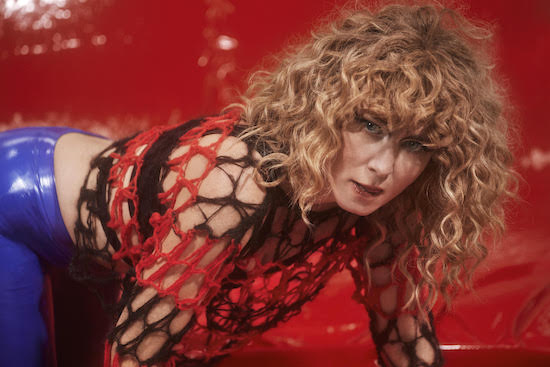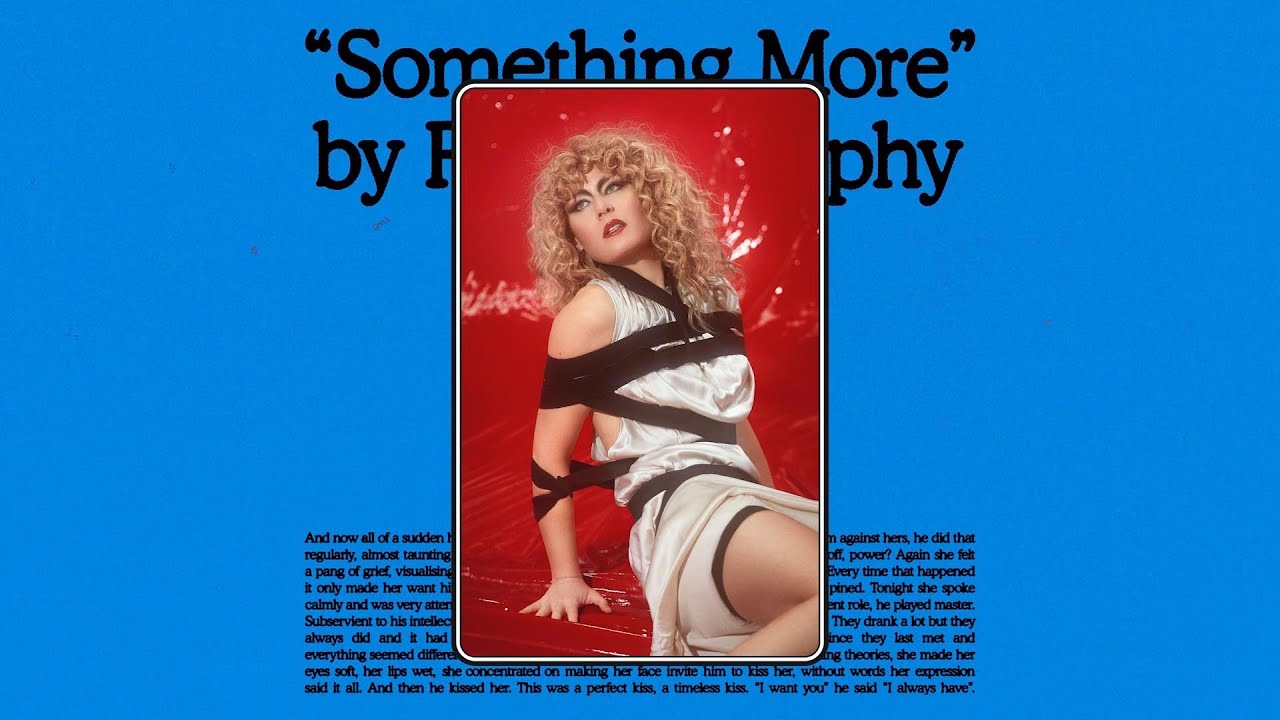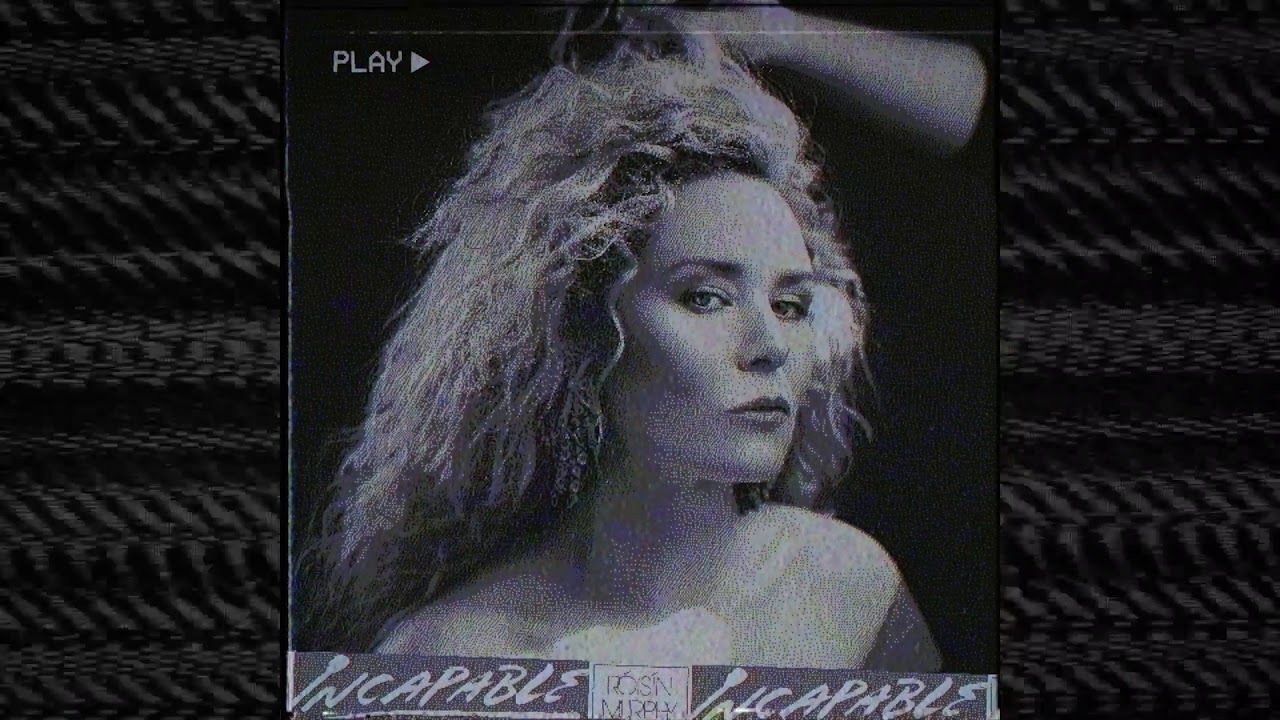We are standing in the future, and also in the past — or maybe in no time at all. A sensual, looping beat drops from the sky as the conceiver, sculptor, and breathless orator of this simulated reality steps up to the tannoy. Róisín Murphy – self-mythologiser, aesthete, blue-rubber-legginged nightclub magician – has conjured this place from not so far beyond her wildest dreams. A precision-engineered fantasy, Róisín Machine reaches across the aeons to marry our silicon-chipped overlords with classical antiquity, our human bodies with divinity, and our shrivelled, indoors-confined brains with sweaty, lust-filled memories of previous lives lived — and loved — on the dancefloor.
Though our unprecedented proximity to machines in everyday life makes the question of their intellectual capabilities all the more topical, the idea that they could possess some form of intelligent power has existed in the human mind for millennia. In Gods and Robots: Myths, Machines, and Ancient Dreams of Technology, Adrienne Mayor writes that “if we cast our nets back more than two thousand years […] we will find a remarkable set of ideas and imaginings that arose in mythology, stories that envisioned ways of imitating, augmenting, and surpassing natural life by means of what might be termed biotechne, ‘life through craft’”.
Though there are likely infinite facets of Róisín Murphy that could be examined through the lens of biotechne — the craft of her art and video direction; the wearing of exquisite, impossible, trick-of-the-light clothes; all that is driven by her innate understanding of aesthetics — it is in relation to Róisín Machine that the concept of life through craft becomes most overtly applicable. From the very first track, we are told explicitly that what follows is a technological artifice: “a perfect simulation […] A lonely allusion / A heartfelt fantasy / A pure creation”. And not only is this realm a work of artifice, but so too might be its teller, who looms authoritatively – though also kind of disembodiedly, at first – over her utopian vision.
On the irresistible ‘Incapable’, which throbs like the warped walls of a club, Murphy detachedly ponders her own machine-ish-ness, questioning her capacity to love.
Never had a broken heart
Never seen me fall apart
Haven’t got a broken dream
Not that into crazy scenes
Don’t know where I get the strength
And I go out of my head
I’m not even out of breath
I could go forever yet
[…]
You might never get to make a connection
If I don’t learn how to feel
But I’m incapable
But despite this emotionally dissociative line of thinking, the deeper into Róisín Machine we get, the clearer it becomes that if Murphy (or at least the version of herself that drives Róisín Machine) is an automaton, then she is certainly not one who is unfeeling. I am reminded of something that the writer Arabelle Sicardi (who writes on the interplay between beauty, technology and power, and also the concept of beauty as terror) said when interviewed by Fariha Róisín a couple of years ago: “I have a nickname for being a tender cyborg; I eat every bit of knowledge and keep it with me and upgrade my brain all the time, but all I want is like, Love. Feelings are the oldest philosophers.”
Indeed, speaking of the oldest philosophers, a much earlier parallel to the idea of the “tender cyborg”, a figure that can traverse the human/machine dichotomy, can be found in classical mythology’s extensive grappling with the line between the human and divine. Mayor writes: “In the world of myth […] semi-divine beings and demigods, nymphs, Nereids, monsters, Titans, giants and sorceresses like Medea and Circe seem to exist in a netherworld between immortality and mortality”, neither fully deities nor fully human.
In a helpful conflation of the ideas of computerised and magical power, Mayor refers to Medea – the granddaughter of the sun god Helios and a sea nymph, a princess from the kingdom of Colchis who is also a powerful sorceress – as “the techno-witch’. Many parallels can be drawn between Medea and Murphy. The former, says Mayor, is “a bewitching femme fatale with her own set of mythic adventures […] she possessed the keys to youth and age, life and death. She could hypnotise man and beast, and she could cast spells and brew powerful potions.” She has at her disposal “shrewd psychological insight, powerful pharmaka (drugs) and technai (devices)” — parallels, if you will, to the pingers, poppers and augmenting musical equipment at Murphy’s behest.
Yet, for all her technologically-assisted magical power, it is in pursuit of ordinary, human love (for Jason, of the Argonauts fame) that Medea performs her most laborious and dangerous magical acts. Whilst for the demi-machine of modernity, display of feeling is a triumph over programming, for the demi-god of antiquity, human feeling is a failing that facilitates downfall. In the case of Medea, the very human phenomena of jealousy (“a darker side of a beautiful feeling / Born out of chemistry and a tangle of needing”, as Murphy sings on the last track of the album) is ultimately her undoing, driving her to commit multiple murders, including those of her own children.
Relatedly, in the myth of Echo and Narcissus, despite the higher-than-human position she inhabits as a nymph, Echo (whom Murphy embodies on string-laden floor-filler ‘Narcissus’) cannot endure the pain of watching the object of her affections fall in love with his own reflection, and wastes away to dust. Though this is a less violent fate than that met by Medea, both figures are fundamentally compromised and consumed by their capacity to feel.
Regardless of whether the consequences of feeling are positive or negative, in casting herself as both demi-machine and demi-god, Róisín Murphy cements an idea previously enacted, in a more abstract sense, through her disruptive use of costume. In
crafting for herself an otherworldly image, Murphy — in common with drag artists, as well as fellow aesthetically masterful artists like Björk and Grace Jones — is able to disguise, distort, and ultimately transcend the fact of her corporeality. As mere consumers of Murphy’s art, the best we are able to share in this transcendence is to channel it on a dancefloor, where we shed individual physical identity and become part of a supernatural mass as we interact with the music. Murphy recognises the tenderness, togetherness and spirituality of the rave; straightforwardly on glitching acid-house throwback ‘We Got Together’ (“We got together / We move together / We step together / We groove together / We step together / We move together / We slept together / We groove together”), but most poignantly on ‘Shellfish Mademoiselle’ where she states explicitly the transformative power of dance:
I know
I shouldn’t really be dancing at a time like this
[…]
I shouldn’t be able to just block out all of the pain
Herein lies Róisín Machine’s beauty at its most uncomplicated: every single one of its songs implores you to dance, and in doing so implores you also to forget the human fragility of which you are so incessantly reminded. Vicariously through Róisín Murphy – be she god, machine, person, or something floating between them – we can forget our fragile bodies, losing ourselves in a blissful utopia, even if only for an hour.




